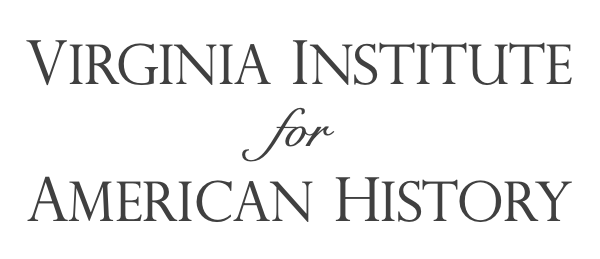By: J. David Gowdy
When visiting
Monticello, a visitor may observe that prominent in Thomas Jefferson’s parlor are
portraits and paintings of historical figures of significance and importance to
him and his worldview. These include his triumvirate of Bacon, Newton
& Locke, but also Washington, Lafayette, John Adams, Mary Magdalene, and
the Holy Family, among others. One painting in particular stands out – it is “Herodias Bearing the Head of John the
Baptist.” Let us reflect upon
this scene. As Luke recorded in
chapter 3:19, John the Baptist had rebuked Herod the tetrarch because of his
marriage to Herodias, his brother's wife, “and all the other evil things he had
done.” Herod had John arrested and thrown into prison. Then as Matthew records
in chapter 14:6-7, “when Herod's birthday was kept, the daughter of Herodias
danced before them, and pleased Herod. Whereupon he promised with an oath to
give her whatsoever she would ask. And she, being before instructed of her
mother, said, Give me here John Baptist's head in a charger.” May we surmise
that to Jefferson, John the Baptist represented virtue versus tyranny, or
morality versus corruption?
Considering that Thomas Jefferson found meaning
in this painting of Herodias, may we also query whether it may have possessed
both a religious and a political connotation that resonated both within him and
with respect to his times? As Professor
Marvin Olasky has convincingly argued, the American War of Independence was
fought for much more than economic freedom and “no taxation without
representation.” Virtue, or morality, and the right to govern their religious
affairs were paramount in the minds and hearts of the American patriots of ‘76.
Their legacy and belief in divine rights was borne of pilgrims and puritans,
and other persecuted religious minorities, who immigrated to the new world in
search of religious freedom by escaping the entrenched tyranny of church and
state which were deeply rooted for centuries in Great Britain and Europe. In this regard, the Revolutionary War
was as much a battle against “the corruption of 18th century British high
society,” as it was about financial matters.[1]
It is virtue that inspired these souls to battle against great odds, more than
simple monetary gain. It is virtue battling against tyranny that inspired
Thomas Jefferson and his fellow Virginians to risk treason against the king of
England, and potential death by hanging as the penalty for their rebellion.
The Seal of the Commonwealth of Virginia
shows Virtue, spear in hand, with her foot on the prostrate form
of Tyranny, whose crown lies nearby.[2] In one sense, this singular image of
Virtue conquering Tyranny may justly sum up Jefferson’s political convictions.
Not only does this theme reverberate in the life and writings of each author
cited by him for the principles of the Declaration, but it is also recurrent in
Jefferson’s own life. From his Summary
View of the Rights of British America (1774), to the Declaration of Independence (1776), to his Notes on the State of Virginia (1785), and finally to his Statute for Religious Freedom (1786),
Jefferson dedicated his public service to overcoming all forms of tyranny in
government, church and state, through a constant appeal to moral principles and
natural rights. From the Summary View,
representing the sentiments of “a
free people claiming their rights, as derived from the laws of nature” … he states that, “History
has informed us that bodies of men, as well as individuals, are susceptible of
the spirit of tyranny, [and states that] the whole art of government consists
in the art of being honest.” From the Statute
for Religious Freedom, “Whereas Almighty God hath created the mind free;
that all attempts to influence it by temporal punishment or burdens, or by
civil incapacitations …are a departure from the plan of the Holy author of our
religion.” Lastly, in what may be
deemed to be his personal motto, he stated, “for I have sworn upon the altar of
god eternal hostility against every form of tyranny over the mind of man.”[3]
[1] Marvin Olasky, Fighting for Liberty and Virtue (Regnery
Publishing, Washington D.C., 1996) p. 142.
[2] The Seal was planned by
George Mason and designed by George Wythe. See Kate Mason Rowland, The Life of George Mason, 1725-1792
(G.P. Putnam's Sons, 1892) pp. 264–26.
[3] Thomas Jefferson to Dr.
Benjamin Rush, September 23, 1800, ME 10:175.


1 comment:
Very interesting reflections. Thanks for posting!
Post a Comment